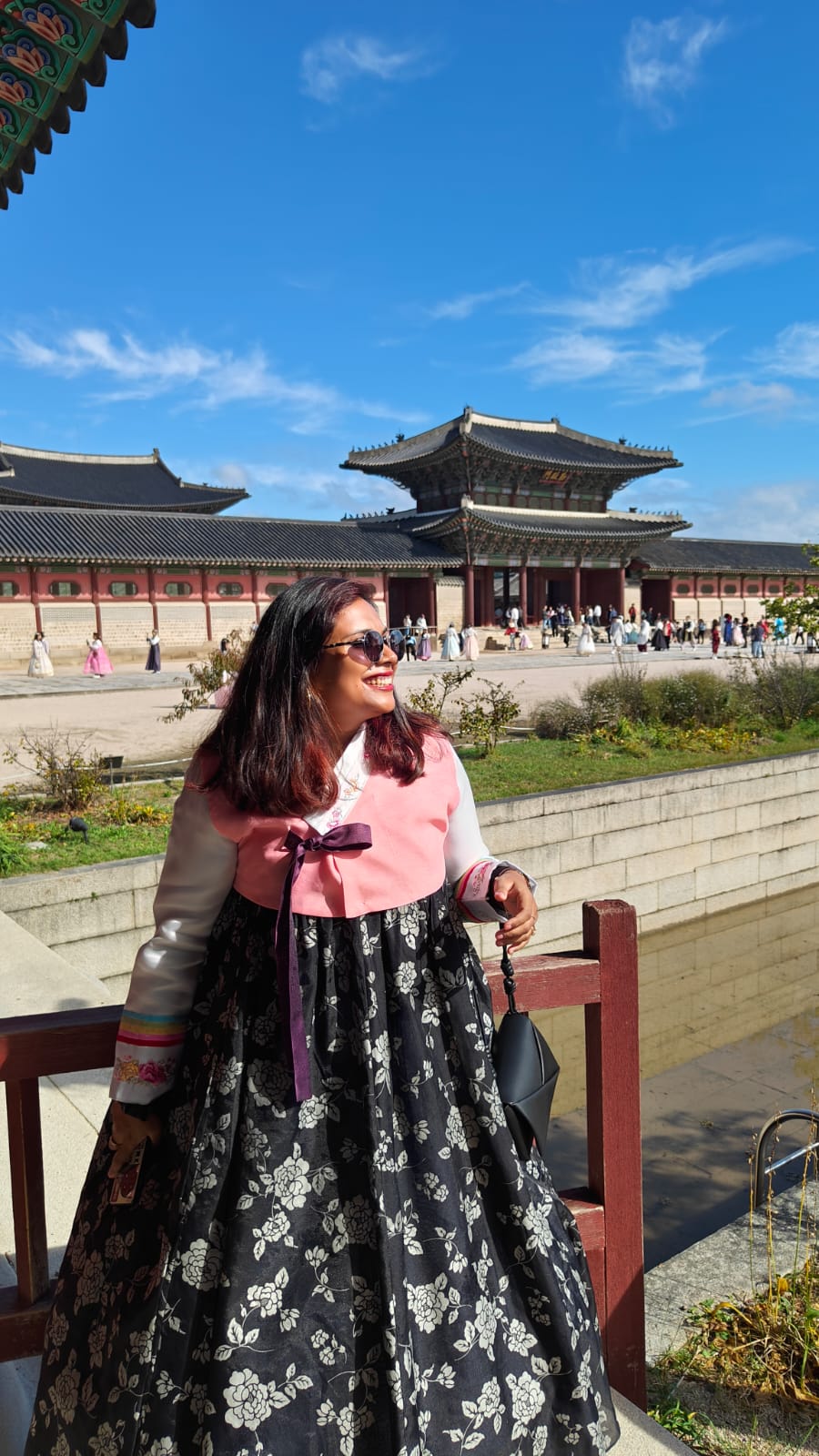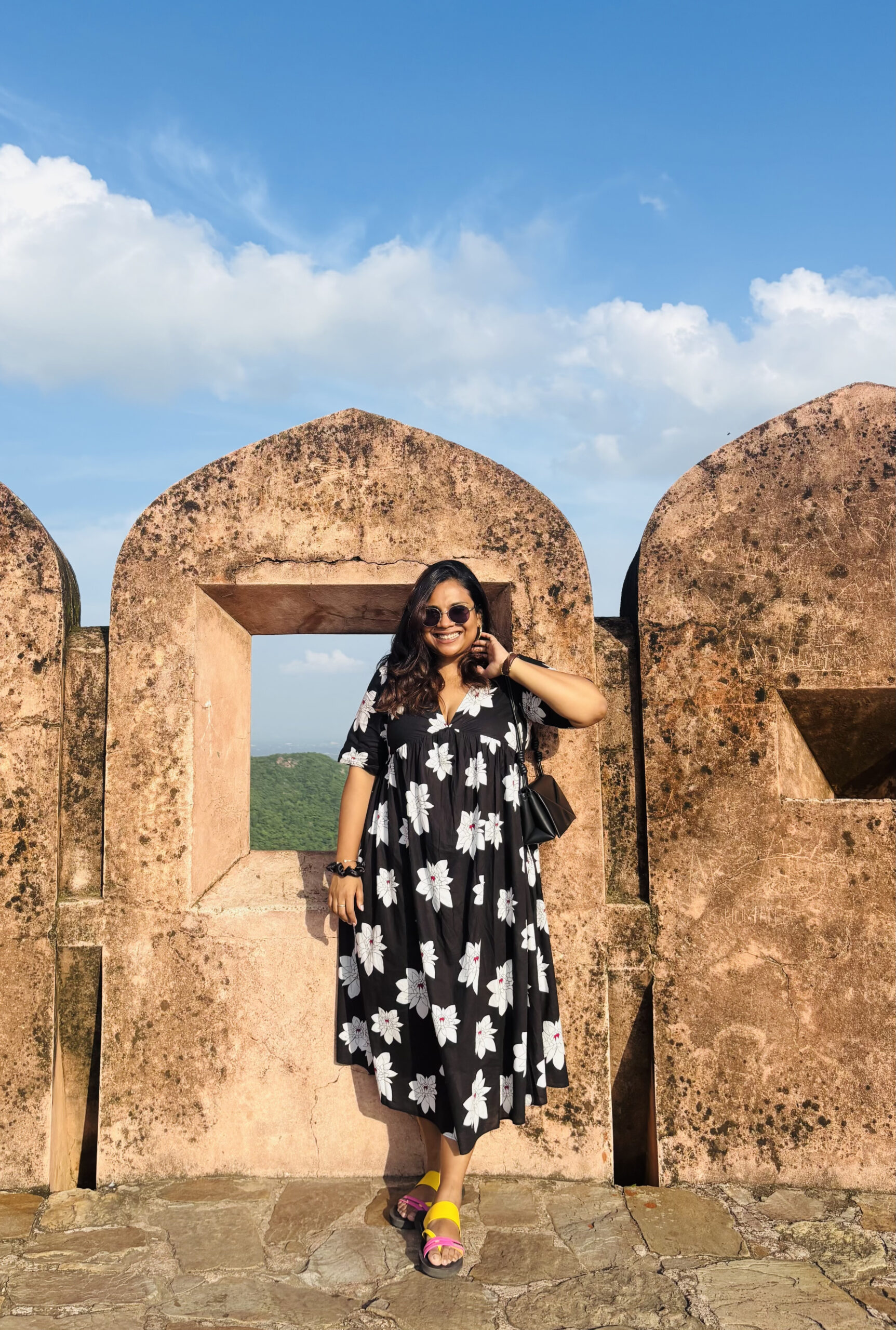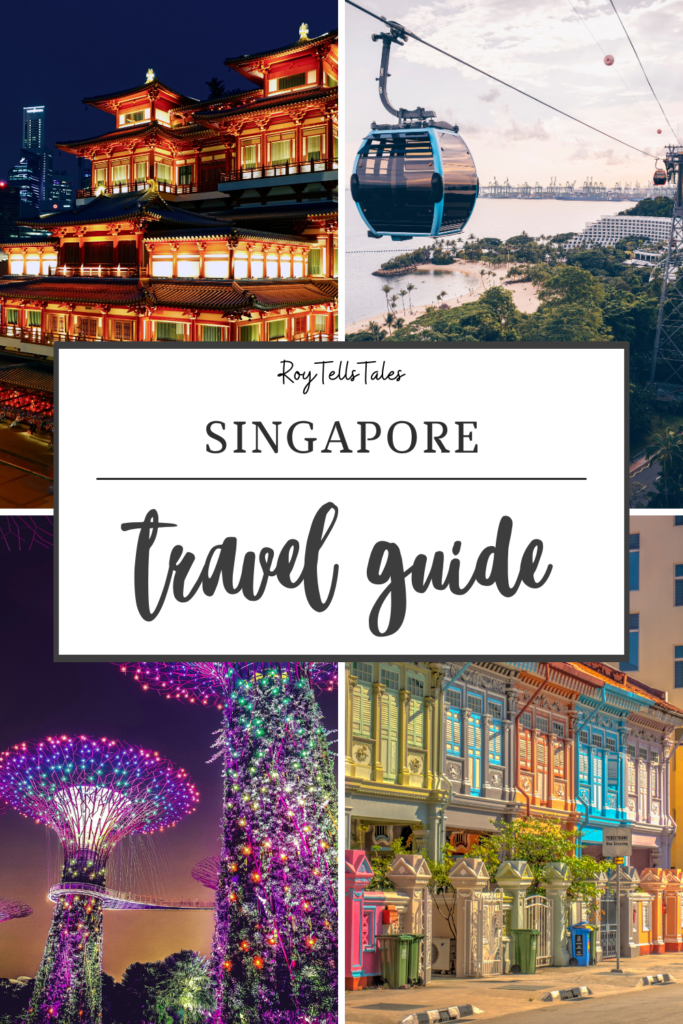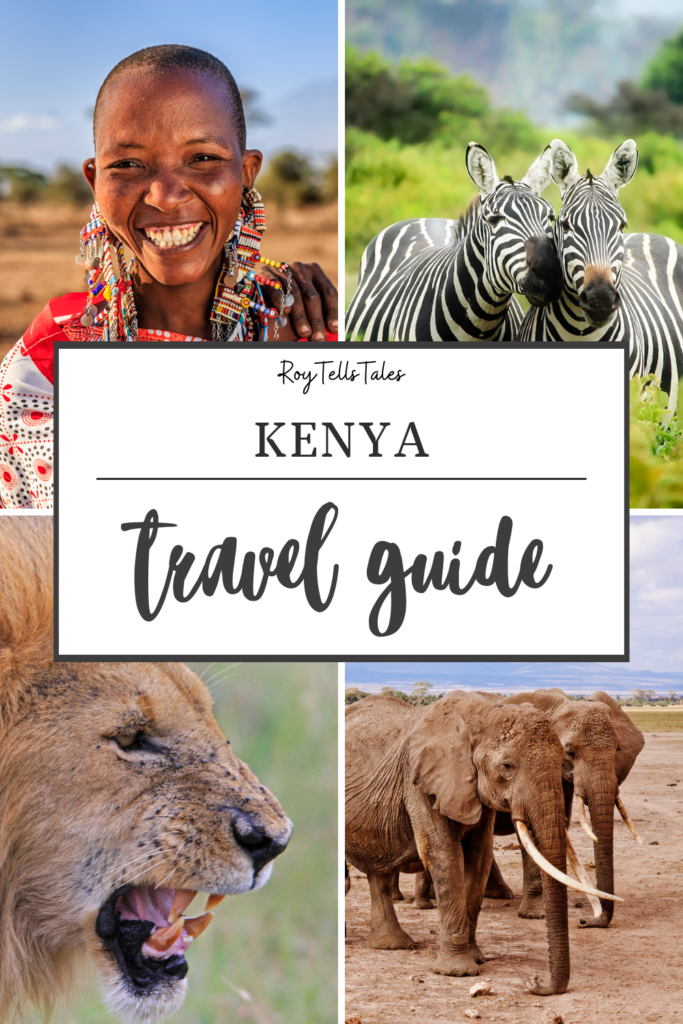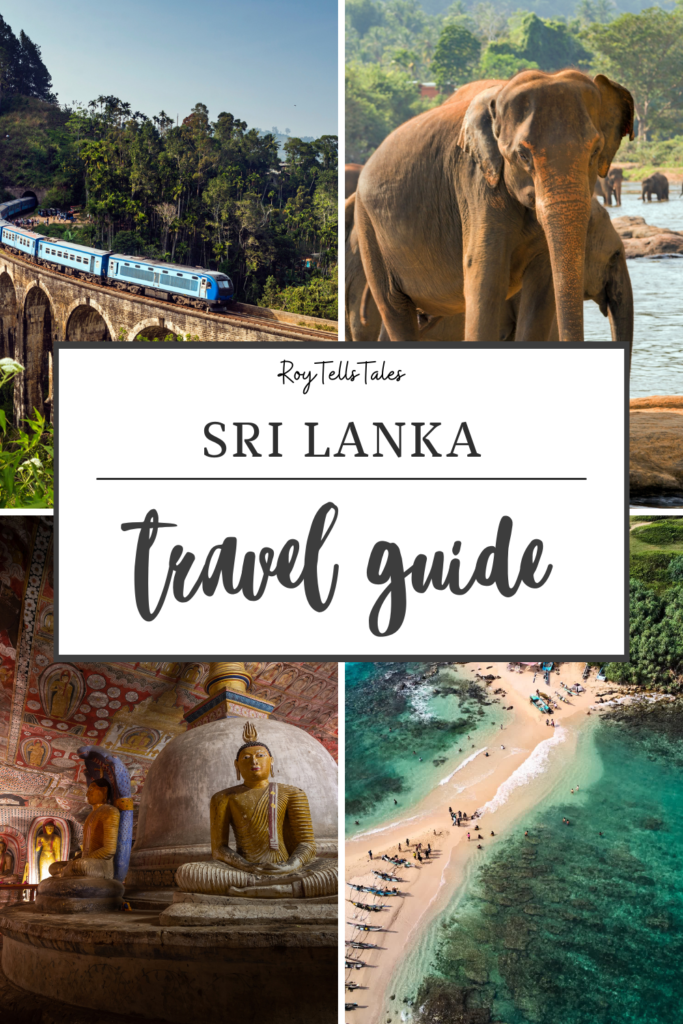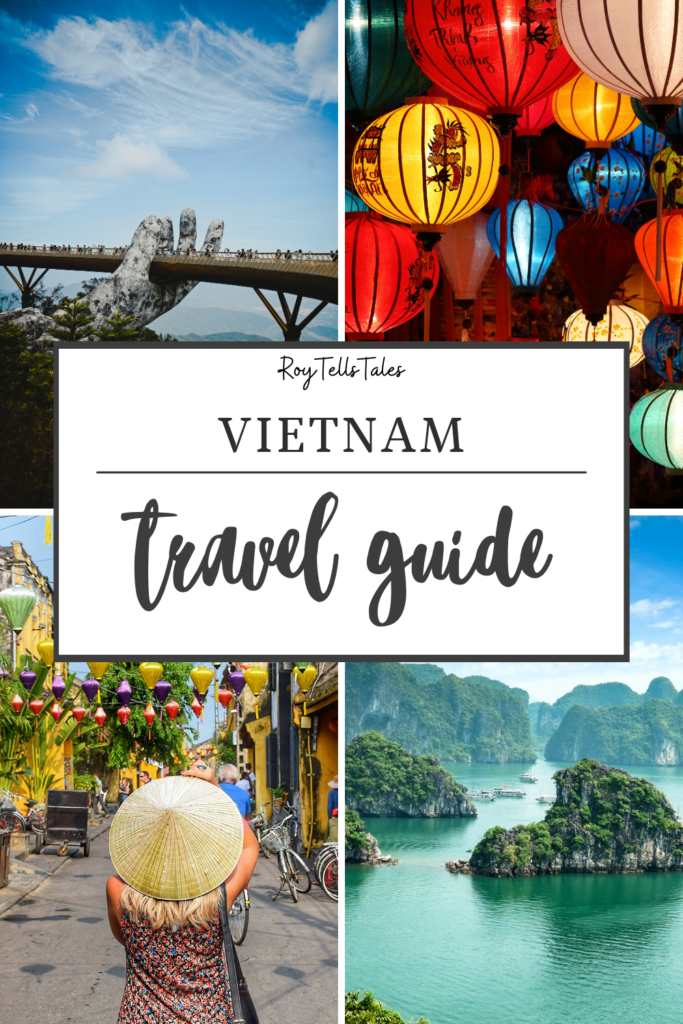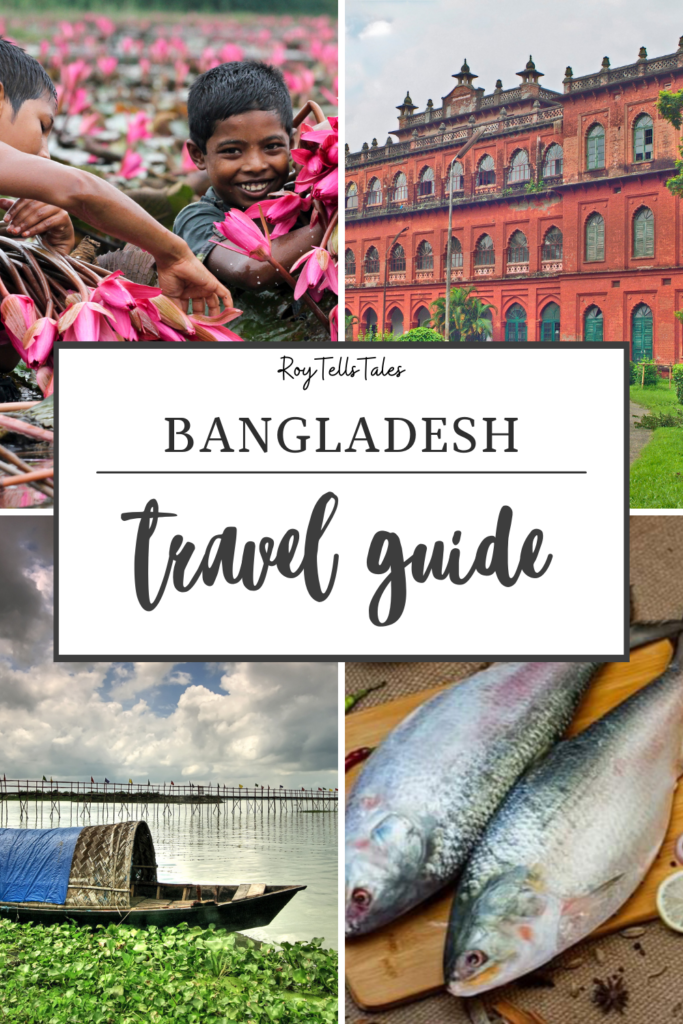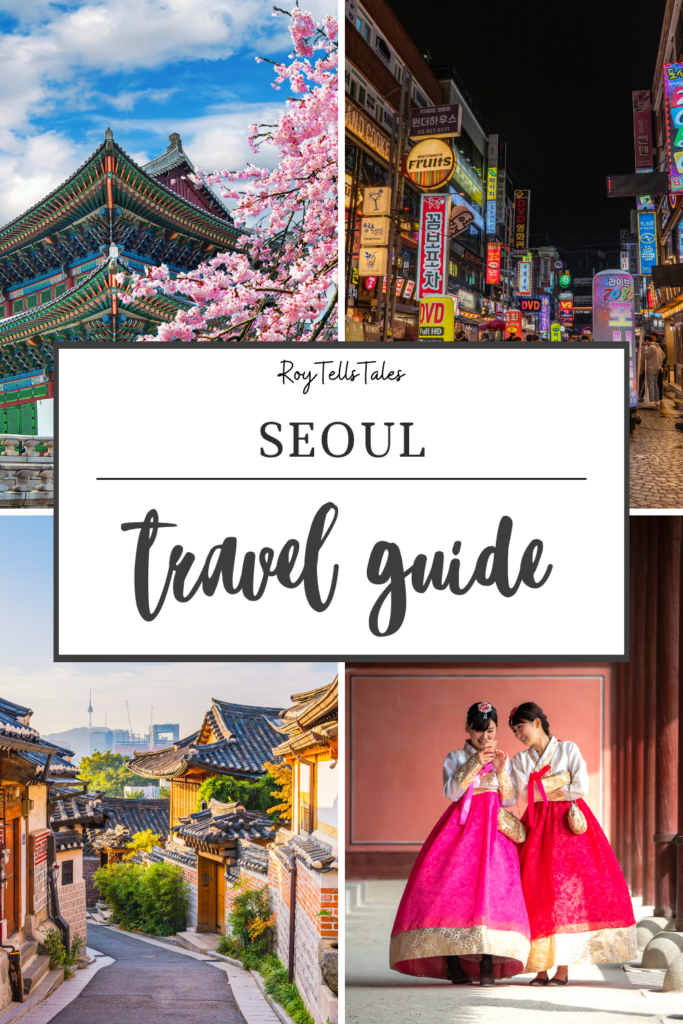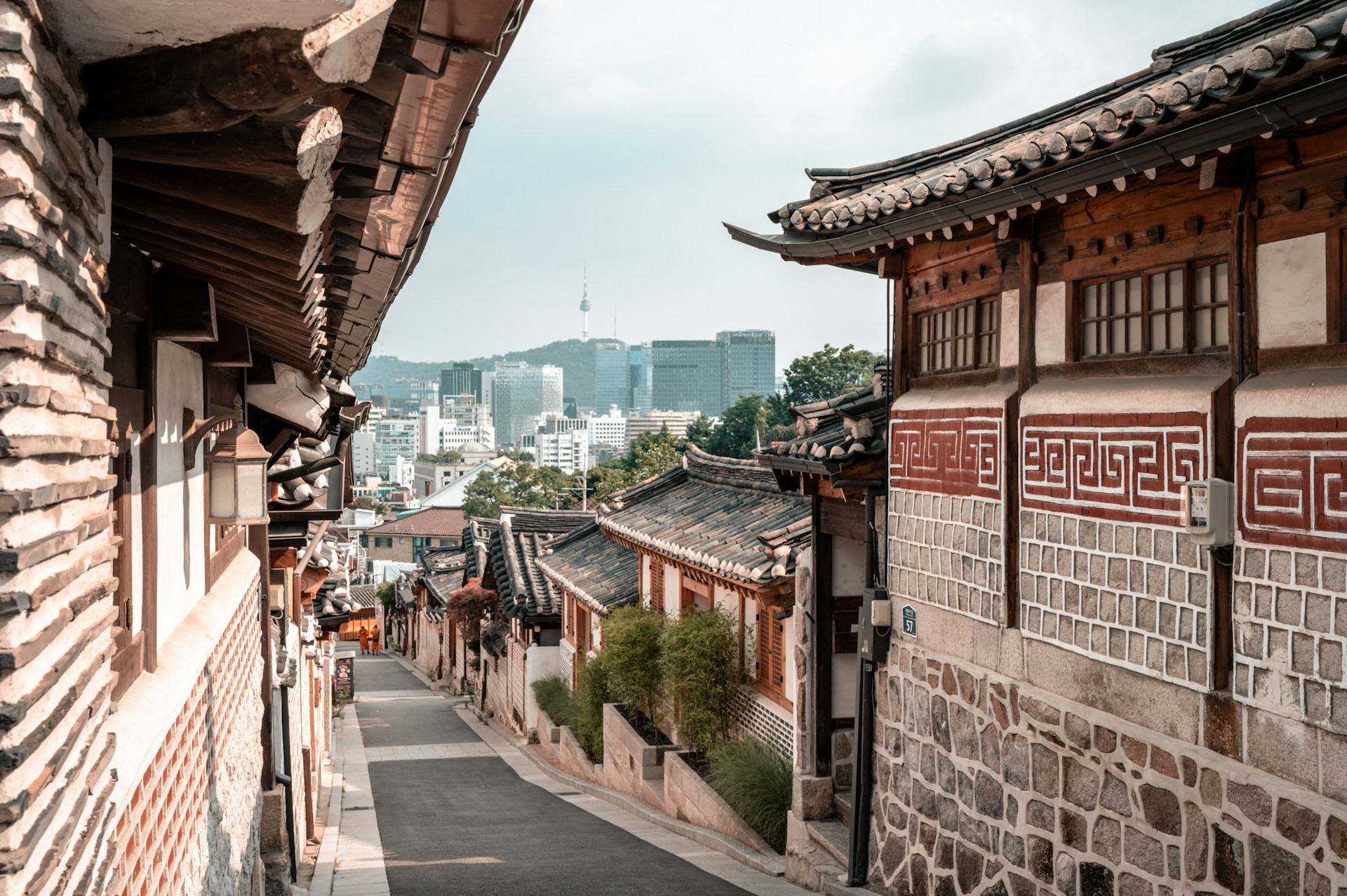

When is The Best Time to Visit South Korea? | Spring or Autumn
The best time to visit South Korea often sparks debate between spring and autumn. While many travellers drool over the cherry blossom season in spring, with pastel blooms lighting up cities and parks, I visited during autumn, and it was no less beautiful. The fall foliage paints the mountains and palaces in brilliant shades of red, orange, and gold, offering a quieter, more contemplative charm. The crisp air, fewer crowds, and scenic hiking trails made it an unforgettable experience. Whether you’re drawn to blooming cherry trees or fiery maple leaves, both seasons offer their own kind of magic in South Korea.

One of the most popular East Asian destinations and definitely on many travellers’ bucket lists, South Korea offers four distinct seasons, exciting festivals, and experiences that change with the weather. While most people plan their trips around cherry blossom season in spring or the winter snow, the best time to visit South Korea really depends on what you want to see and do. Each season has its own charm, whether it’s crisp autumn hikes, vibrant city summers, or peaceful countryside in spring.
From buzzing cities like Seoul and Busan to mountain trails, street food markets, and traditional hanok villages, there’s something here for every kind of traveller. In this guide, I’ll break down the best times to visit, what to expect each season, and what to pack. Having explored South Korea myself, I can say the timing of your trip really does shape the experience.
Here’s a detailed breakdown of the seasons in South Korea
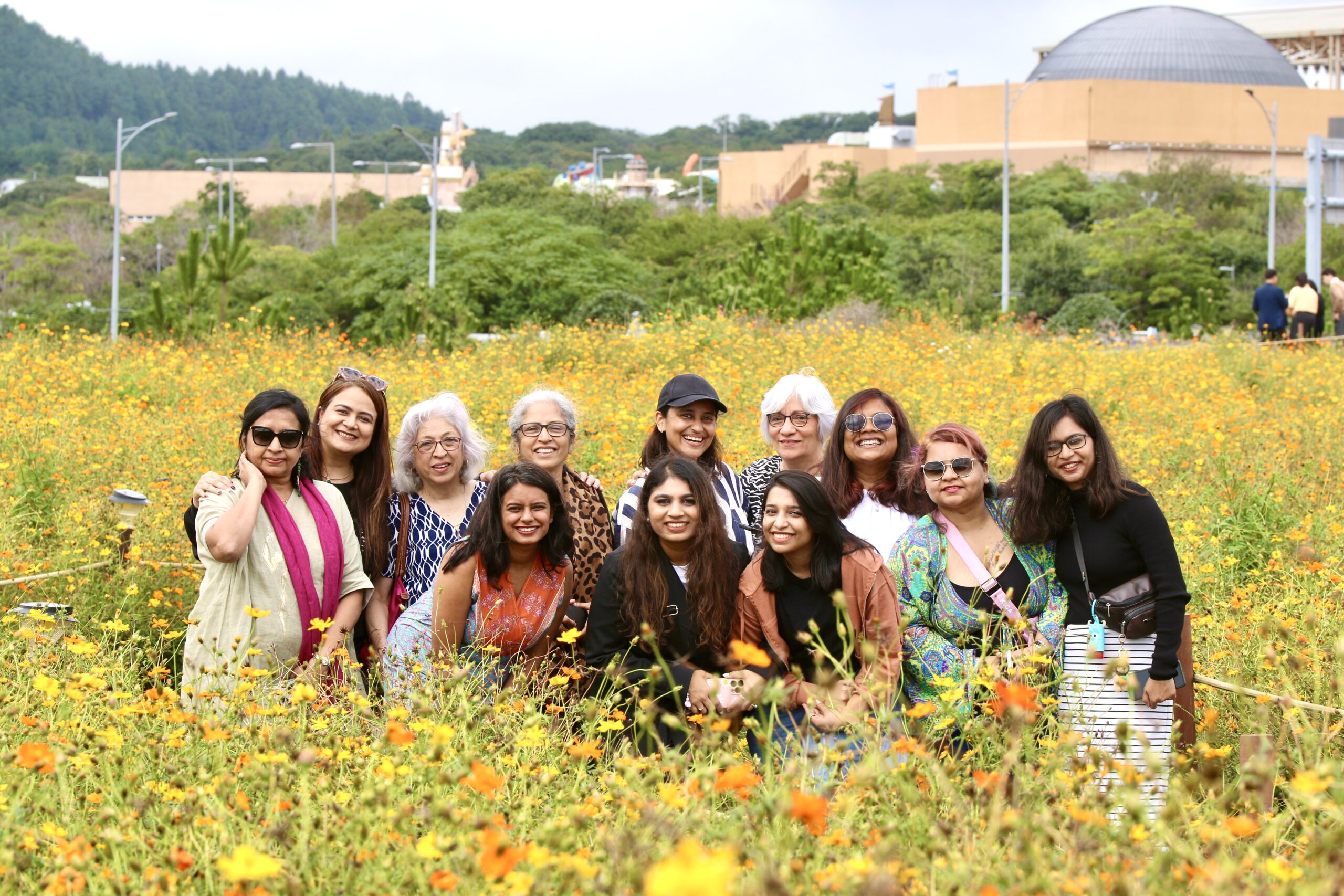
South Korea has four distinct seasons – spring, summer, autumn, and winter – each offering a very different experience. The weather plays a significant role in shaping your trip, so knowing what to expect in each season will help you plan more effectively.
Spring (March to May): This is one of the most popular times to visit, also known as the ‘Cherry Blossom Season‘. The weather is mild and flowers are in full bloom, especially cherry blossoms. It’s a great time for sightseeing, hiking, and exploring the cities on foot.
Summer (June – August): Summers in South Korea are hot, humid, and often rainy, especially during the monsoon period in July. While the weather can be intense, it’s also festival season, and beach destinations like Busan and Jeju come alive.
Autumn (September – November): A favourite among many travellers, autumn brings cooler temperatures and breathtaking fall foliage. It’s perfect for hikes, temple visits, and scenic day trips. As I mentioned earlier, I visited South Korea in October, and it was beautiful. (You’ll get to see the fall foliage during this time)
Winter (December – February): Winters are cold, with snow in many regions. It’s a great time for skiing and soaking in hot springs. Cities are decorated for the holidays, and traditional markets are especially fun this time of year.
If you are planning a trip, or thinking about the best time to visit South Korea, it’s also worth keeping in mind the costs.
Peak travel months, such as March to May and September to November, are very popular, so expect higher hotel rates (sometimes 20–30% higher).
Off-peak months, such as July (due to the monsoons) and parts of January and February (following the holiday lull), usually offer better deals on flights and accommodations.
Best Time to Visit South Korea: A Detailed Seasonal Guide
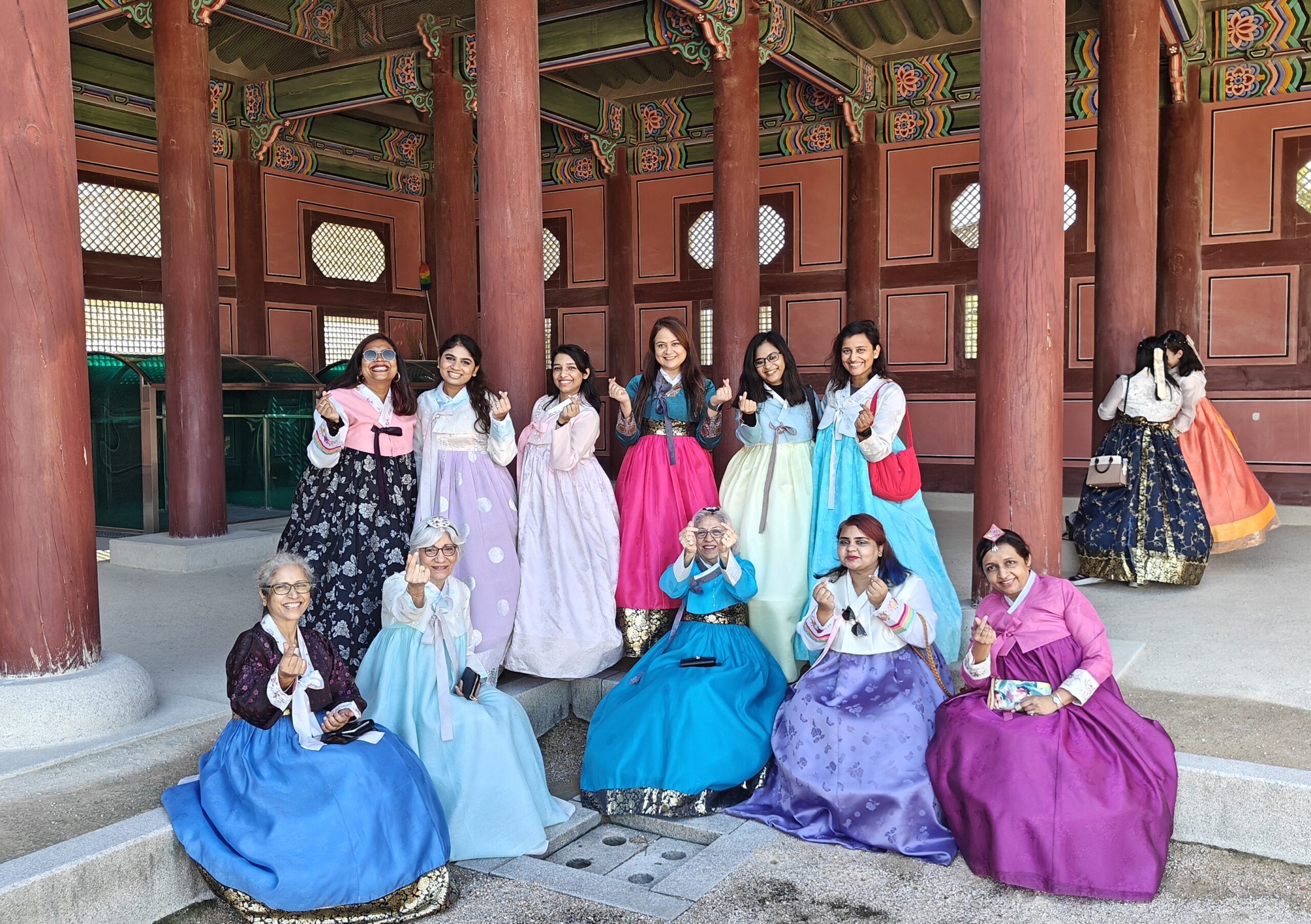
March to May – Spring in Full Bloom (Peak Season, Mild and Pleasant Weather)
Weather: Average temperatures range between 7°C to 20°C (45°F to 68°F). Humidity is low, and skies are mostly clear.
Spring is one of the best times to visit South Korea. Cherry blossoms, magnolias, and azaleas bloom across the country, painting cities and countryside in soft pastels. The weather is ideal for outdoor adventures, temple visits, and park strolls. It’s also festival season, so expect cultural events and flower festivals everywhere.
Best Things to Do:
Cherry Blossom Viewing: Visit Yeouido Park in Seoul or the Jinhae Cherry Blossom Festival for stunning floral displays.
Explore Gyeongbokgung Palace: Enjoy the palace grounds in full bloom, especially during the changing of the guard ceremony.
Visit Nami Island: A romantic getaway just outside Seoul, full of spring colours.
Spring Festivals: Don’t miss the Lotus Lantern Festival in Seoul, with vibrant parades and temple celebrations.
Hike in Seoraksan or Bukhansan: The comfortable weather makes spring an ideal time for hiking.
What to Wear & Pack:
Light jackets, layers for chilly mornings and evenings.
Comfortable shoes for long walks.
Allergy meds if you’re sensitive to pollen.
June to August – Summer Buzz & Beach Escapes (Shoulder to Low Season, Hot and Humid)
Weather: Hot and humid with temperatures between 23°C to 30°C (73°F to 86°F). July brings monsoon rains.
Summers in South Korea can be intense, with high humidity and sudden downpours in July due to the monsoon. That said, it’s also a time for beach trips, vibrant festivals, and lively nightlife. Jeju Island and Busan are popular summer getaways.
Best Things to Do:
Beach Days in Busan: Head to Haeundae or Gwangalli Beach for some sun, seafood, and sand.
Boryeong Mud Festival: One of Korea’s craziest summer events, filled with mud wrestling and music.
Jeju Island Road Trip: Explore waterfalls, beaches, and volcanic landscapes.
Summer Street Food: Cool down with bingsu (shaved ice dessert) and refreshing fruit juices.
Night Markets: Explore Dongdaemun or Gwangjang Market in the cooler evenings.
What to Wear & Pack:
Breathable clothing, sun hat, sunglasses, and sunscreen.
Umbrella or rain poncho, especially for July.
Sandals or waterproof shoes for sudden rain.
September to November – Autumn Colours & Crisp Air (Peak Season, Cool and Clear Weather)
Weather: Pleasant and dry, with temperatures ranging from 10°C to 22°C (50°F to 72°F). Low humidity.
If you love fall colours and mild weather, this is hands down the best time to visit South Korea. The mountains and parks burst into shades of red, orange, and gold. It’s perfect for hiking, photography, and slow travel.
Best Things to Do:
Foliage Viewing at Naejangsan and Seoraksan: Autumn hikes in these areas are unforgettable.
Hanok Village Visits: Bukchon and Jeonju are even more beautiful framed by fall leaves.
Temple Stays: Experience peace and reflection at a Korean Buddhist temple in the mountains.
Korean Thanksgiving (Chuseok): Schedule your visit around this harvest festival to experience traditional food and local culture.
Fall Food Trails: Seasonal dishes like songpyeon (rice cakes) and hotteok (sweet pancakes) are everywhere.
What to Wear & Pack:
Light sweaters or hoodies, and a windbreaker.
Sneakers or hiking shoes.
Camera for the stunning landscapes.
December to February – Snowy Escapes & Winter Lights (Low to Mid Season, Cold Weather)
Weather: Cold with temperatures ranging from -6°C to 5°C (21°F to 41°F). Snow is common in northern and mountainous regions.
Winters in South Korea are cold, but also festive and fun. If you enjoy skiing, cosy cafés, and holiday vibes, this season won’t disappoint. It’s also a quieter time for city sightseeing, especially in January and February after the holiday rush.
Best Things to Do:
Ski Resorts in Gangwon-do: Try Yongpyong or Vivaldi Park for skiing and snowboarding.
Explore Seoul’s Winter Lights: Visit Cheonggyecheon Stream and major shopping streets decked in twinkling lights.
Visit a Jimjilbang (Korean Spa): Warm up in traditional saunas and bathhouses.
Lunar New Year Celebrations: Cultural performances, traditional games, and food festivals take place across the country.
Street Food in Myeongdong: Tteokbokki, hotteok, and fish cakes taste even better in the cold.
What to Wear & Pack:
Thermal wear, a heavy jacket, gloves, and a scarf.
Moisturiser and lip balm to fight dry winter air.
Snow boots or insulated shoes for cold regions.

Best Time to Visit South Korea: A Month-by-Month Guide
January – A Snowy Wonderland
Average temperature: -6°C to 3°C, Humidity: 60–65%
January in South Korea is all about winter charm. The country is blanketed in snow, especially in the northern and mountainous regions. It’s a great time to hit the ski slopes in places like Yongpyong or Vivaldi Park. Seoul is beautifully lit up with winter illuminations, and the air is crisp and clear. Visit traditional markets for hot street food, or warm up in a jjimjilbang (Korean sauna). The Seollal (Lunar New Year) preparations begin towards the end of the month, offering a glimpse into local traditions.
February – Winter Festivals & Cultural Vibes
Average temperature: -4°C to 6°C, Humidity: 60–70%
February marks the end of winter, but it’s still cold. This is when South Korea celebrates Seollal, one of its biggest holidays. Join locals in traditional games, try tteokguk (rice cake soup), and wear hanbok for a unique cultural experience. Ice fishing festivals like the Hwacheon Sancheoneo Ice Festival attract visitors seeking fun in the snow. It’s also a good time to explore museums and palaces without the crowds.
March – Blossoms Begin to Bloom
Average temperature: 2°C to 13°C, Humidity: 55–65%
Spring slowly starts to show in March. While the cherry blossoms haven’t fully arrived yet, plum blossoms and forsythias begin to bloom. The weather is still chilly, especially in the evenings, but pleasant for walking around palaces, old villages, and hanok-style streets. Head to places like Gyeongbokgung Palace or Bukchon Hanok Village before the tourist rush begins.
April – Cherry Blossom Magic
Average temperature: 7°C to 20°C, Humidity: 55–65%
April is one of the best times to visit South Korea. Cherry blossoms cover the country, with top spots like Seoul’s Yeouido Park, Busan’s Dalmaji Hill, and the Jinhae Cherry Blossom Festival drawing huge crowds. The weather is mild and perfect for outdoor picnics, hikes, and spring photo walks. Make sure to visit parks, palaces, and riversides—you’ll want to take it all in.
May – Ideal for Outdoor Exploration
Average temperature: 12°C to 25°C, Humidity: 60–70%
May is warm, sunny, and not too humid, making it one of the most comfortable months to travel. The countryside is lush, and city life is buzzing. Buddha’s Birthday is celebrated with beautiful lantern festivals across temples. It’s a great time to hike in places like Bukhansan National Park or visit Jeonju for a taste of traditional Korean food and culture.
June – Start of Summer Adventures
Average temperature: 17°C to 28°C, Humidity: 65–75%
June marks the start of summer. The weather gets warmer, and it’s a good month to visit before the monsoon kicks in. Beach towns like Busan and the islands of Jeju start welcoming more visitors. This is also a great time for river cruises in Seoul or biking along the Han River. The early part of the month is usually dry and sunny.
July – Monsoon Mood & Urban Escapes
Average temperature: 21°C to 30°C, Humidity: 75–90%
July is the beginning of the monsoon season in South Korea. Expect frequent rains, especially in the afternoons and evenings. While it may not be ideal for outdoor hikes, it’s perfect for café hopping in Seoul, exploring museums, and relaxing at jjimjilbangs. If you’re planning a summer trip, head to Jeju Island, which often gets less rain compared to the mainland.
August – Summer Heat & Beach Fun
Average temperature: 22°C to 31°C, Humidity: 75–85%
August is hot and humid but also full of energy. Beach destinations are packed with locals and tourists cooling off by the sea. Head to Busan’s Haeundae Beach or Jeju’s Hamdeok Beach for water sports and sunset views. Indoor attractions in Seoul, such as COEX Mall, Lotte World, and aquariums, are perfect for escaping the heat. Don’t forget to stay hydrated and wear light, breathable clothing.
September – Start of Autumn & Harvest Festivals
Average temperature: 18°C to 28°C, Humidity: 65–75%
September brings cooler temperatures and the first hints of fall foliage. It’s also the time for Chuseok, the Korean harvest festival. Many locals travel to their hometowns, but you’ll find special performances and traditional foods in cities as well. It’s a peaceful time to visit temples and nature trails, especially after the summer crowds fade.
October – Fall Foliage and Crisp Air
Average temperature: 10°C to 22°C, Humidity: 60–70%
October is arguably one of the best months to visit South Korea. The fall foliage is in full bloom, painting the mountains and parks in vibrant shades of red, orange, and yellow. It’s the perfect month for hiking, especially in Seoraksan and Naejangsan. Cultural festivals, such as the Andong Mask Dance Festival and the Jinju Lantern Festival, also take place, offering a blend of nature and tradition.
November – A Calm, Cool Month Before Winter
Average temperature: 3°C to 13°C, Humidity: 55–65%
November is quiet, cool, and beautiful. While the leaves begin to fall, it’s still a great time for city walks and late-season hikes. Crowds are thinner, making it ideal for those who prefer slower travel. The air turns crisp, and winter prep begins. It’s a good time for food lovers to explore traditional Korean hot pots and stews.
December – Festive Lights and Snowy Vibes
Average temperature: -4°C to 5°C, Humidity: 60–70%
Winter sets in by December, bringing with it snowy landscapes and holiday decorations. Seoul lights up with Christmas markets, ice rinks, and festive events, despite Christmas not being widely celebrated as a public holiday. Ski season kicks off in the mountains, and hot foods like tteokbokki and odeng taste better than ever. It’s a cosy time to be in Korea, whether you’re exploring the city or heading to ski resorts.
Whether you’re chasing cherry blossoms in spring, hiking through fiery autumn foliage, enjoying summer beach days, or skiing in snowy mountains, South Korea is a year-round destination with something special in every season. Your ideal time to visit depends on what kind of experiences you’re looking for.
Spring and autumn are perfect for pleasant weather and scenic landscapes, while winter offers cosy vibes and festive lights. If you don’t mind the heat or rain, summer brings lively festivals and coastal escapes. No matter when you go, one thing’s for sure—you’ll leave with unforgettable memories and a deeper connection to this vibrant, ever-evolving country.
Frequently Asked Questions
1. What is the best time to visit South Korea for cherry blossoms?
The cherry blossom season in South Korea usually peaks between late March and early April. Popular spots like Seoul, Busan, and Jinhae offer stunning views, with festivals celebrating the bloom.
2. When is the best time to visit South Korea for the autumn foliage?
October to early November is the ideal time to see autumn leaves in South Korea. Mountains like Seoraksan and Naejangsan are especially beautiful during this season.
3. Is winter a good time to visit South Korea?
Yes, winter (December to February) is great for those who enjoy snow, skiing, and festive holiday lights. Ski resorts in Gangwon-do are popular during this time.
4. What is the rainy season in South Korea?
The monsoon season in South Korea typically occurs from late June to mid-July, bringing heavy rainfall and high humidity, especially in July.
5. What is the cheapest time to travel to South Korea?
The most budget-friendly months are typically late November and January (after the New Year), when tourist traffic slows and flight and hotel prices drop.
6. Which month has the best weather in South Korea?
Many travellers consider April and October to have the best weather, with mild temperatures, clear skies, and lower humidity, making it perfect for sightseeing and outdoor activities.
7. Is summer a good time to visit South Korea?
Summer (June to August) can be hot and humid, but it’s great for beach trips, water parks, and festivals like the Boryeong Mud Festival and Busan Sea Festival.
8. How many seasons does South Korea have?
South Korea experiences four distinct seasons—spring, summer, autumn, and winter—each offering different landscapes, festivals, and travel experiences.
9. What should I pack for South Korea, depending on the season?
Spring/Autumn: Light layers, comfortable shoes.
Summer: Breathable clothes, sunscreen, and a raincoat.
Winter: Thermal wear, heavy jackets, gloves, and moisturiser.
10. Can I visit South Korea during the Lunar New Year?
Yes, visiting during Seollal (usually in January or February) is a great cultural experience. However, many businesses may close, so it’s essential to plan ahead.
Disclaimer: This post contains a few affiliate links. If you happen to click on any of them and make a purchase, I might earn a small commission, at no extra cost to you. Just know that I truly appreciate your support if you choose to do so.
